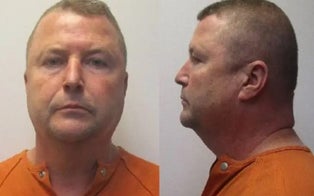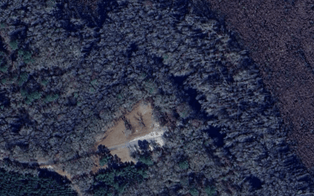Is your house built to withstand an earthquake? INSIDE EDITION talks to experts about how you should inspect your home for damage after an earthquake.
It's a terrifying truth: earthquakes can happen on the East Coast!
Millions of people need to determine if their homes are structurally sound in the wake of the 5.8 earthquake that shook Mineral, Virginia, and sent tremors all the way along the East Coast.
Jon and Terry Wittmaack, hosts of the DIY network's Brothers on Call, premiering in October, showed us what to look for in the aftermath of a quake.
The Wittmaacks say the first thing to do is check the lights to make sure your power is on.
They also say to check your copper supply lines to make sure all of the joints are intact.
Look over the walls and ceilings for cracks, and check the foundation of the house on the outside to make sure there is no damage.
Check out the attic and the roof rafters and look for any cracks in the rafters.
Also check for damage outside the house, especially the chimney. Unknowingly using a chimney with damages could lead to many other problems.
Ironically, New York's legendary skyscrapers will fare better in an earthquake than ordinary homes, which are built without anticipation of earthquakes.
But get ready for some scary news about New York City's serene Central Park. Thousands of people flock there each day to escape the hustle and bustle of New York City, and they might be surprised to know that the ground below their feet is riddled with fault lines.
A fault line runs beneath New York's 125th Street subway line. The tracks were built above ground, to avoid tunneling into the fault.
"So the subway system, the bridge system, I think that those are the areas that are probably somewhat vulnerable," seismologist Jim Gaherty says.
A level five quake shook New York City back in 1884. Another significant quake struck the city in 1925, and in 1985 New Yorkers were jolted by a level four quake!
"Magnitude five earthquakes are going to happen in New York City with some regularity, maybe every hundred years or so. As a society we need to be prepared for and be aware it could happen," says Gaherty.
Incredibly, the quake was felt in 22 states. Seismologists say the reason it covered so much territory is the solid bedrock that is underneath most of that area, and it's an excellent conductor of the seismic force of the quake.






